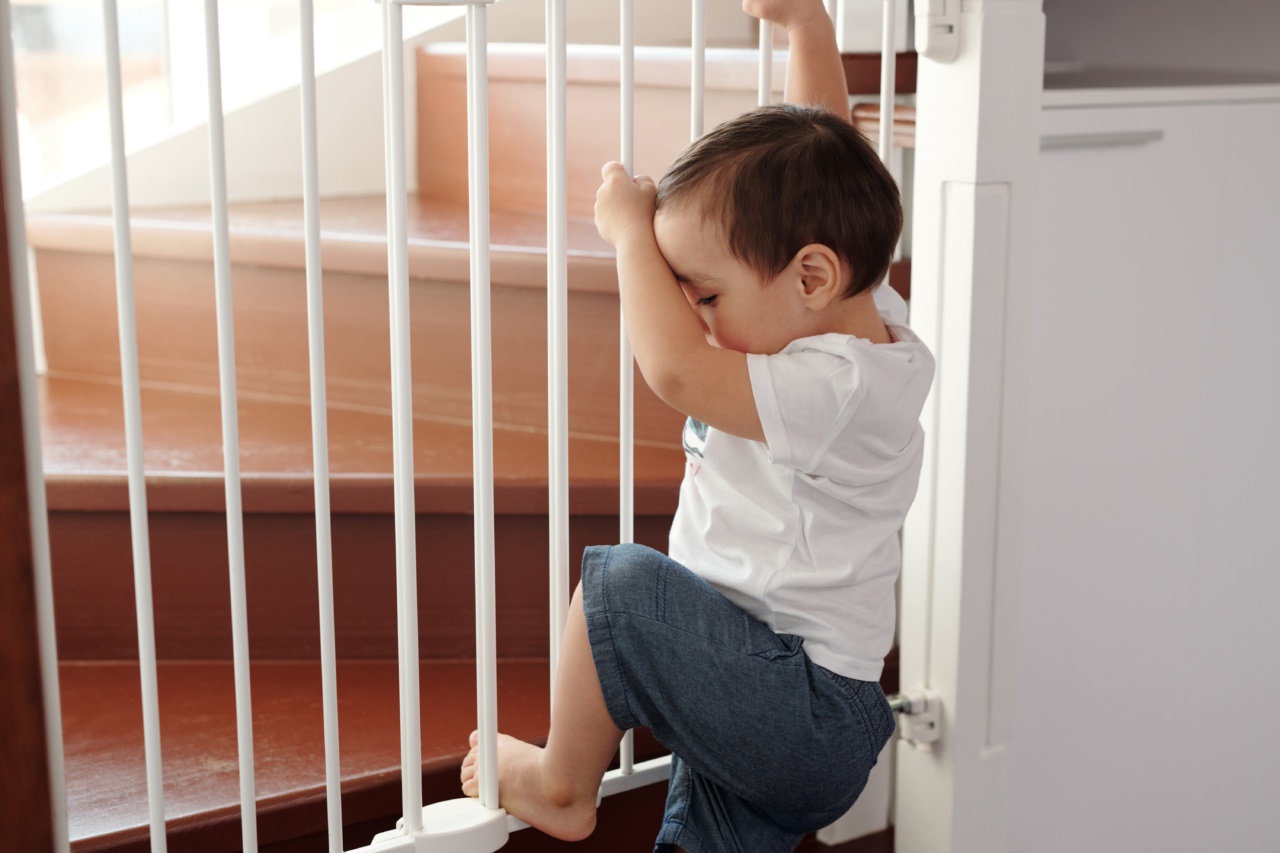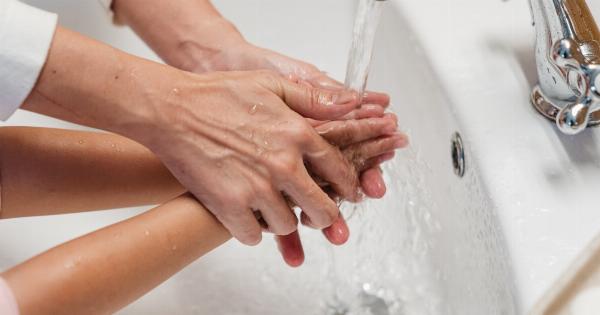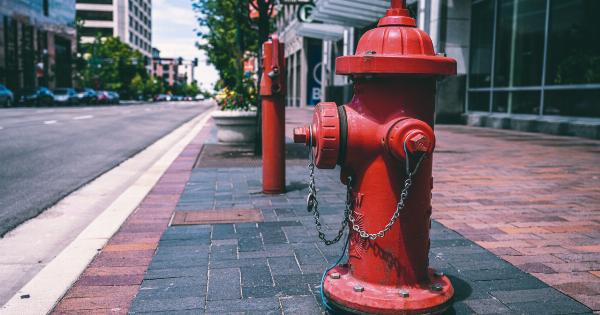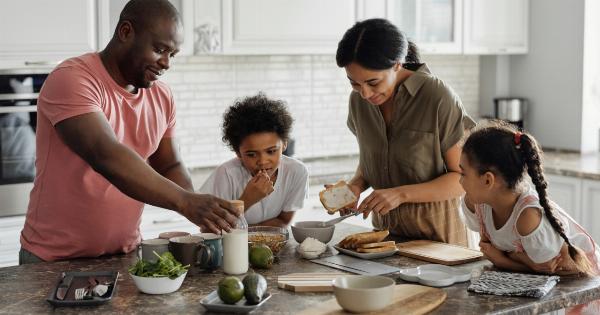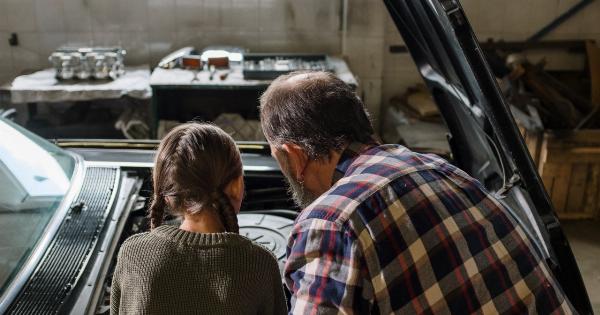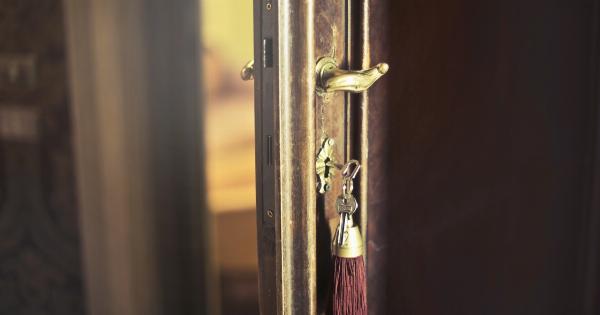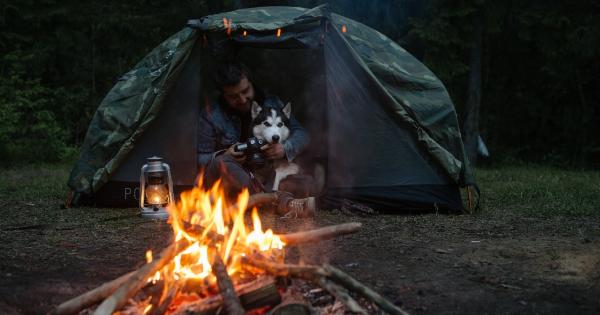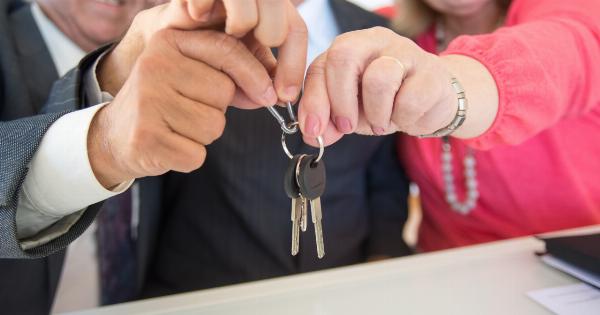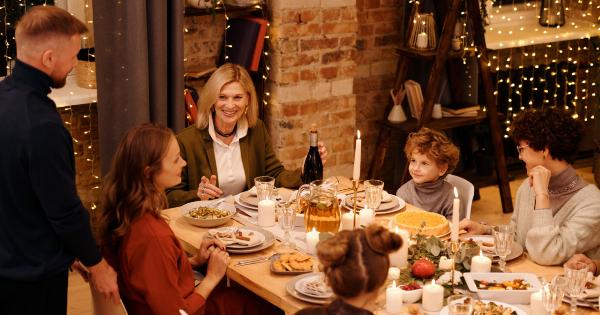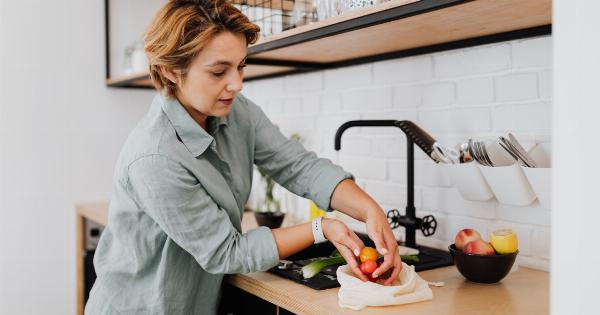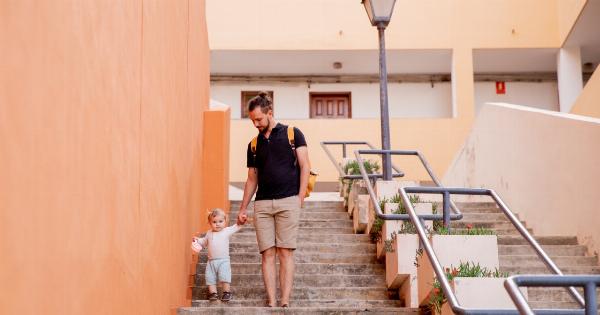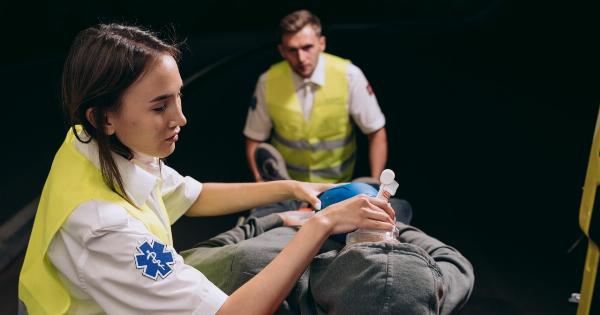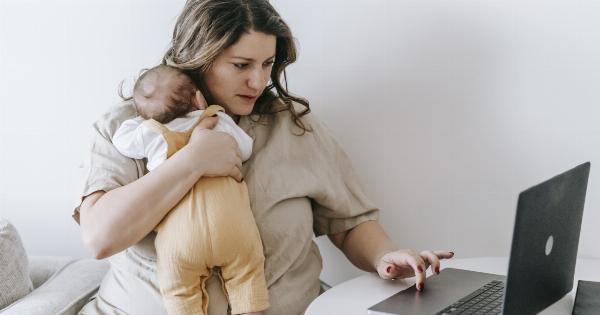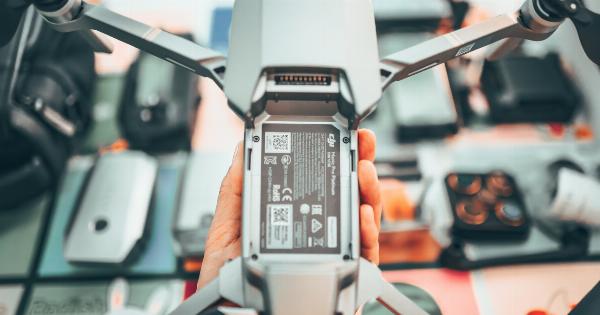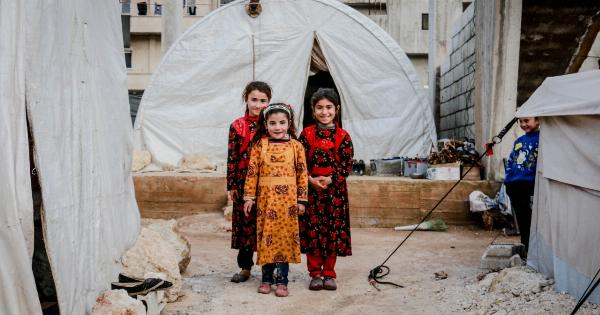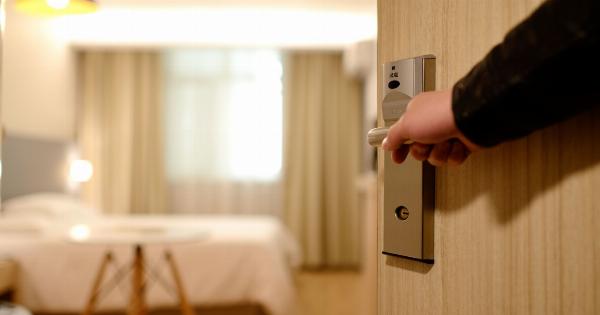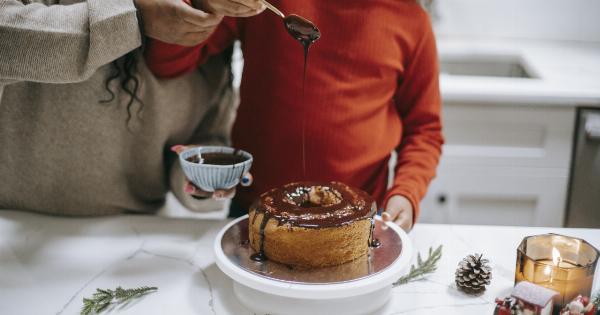Home is where our children are most likely to feel safe, but did you know that the majority of accidents happen within the home? From minor injuries to serious accidents, it’s vital to take all precautions necessary to ensure that our children are safe and out of harm’s way. In this article, we’ll explore some of the top tips and tricks for home safety, so you can safeguard your child and have peace of mind.
1. Install Child Safety Gates
One of the simplest and most effective ways to safeguard your child is by installing child safety gates on your stairs. This precaution will stop your little ones from falling down the steps, which is one of the most common accidents around the home.
Gates can also be useful in keeping children from wandering into dangerous areas like the kitchen.
2. Secure Electrical Outlets
You should consider upgrading to tamper-resistant outlet covers to protect your child from electric shock.
These covers are designed in such a way that they only allow the electric plug to be inserted when equal pressure is applied to both PRONGS, making it almost impossible for kids to stick fingers or other objects into outlets. It’s also important you place plugs or electrical cords out of your toddler’s reach.
3. Keep Medicine and Cleaning Supplies Out of Reach
Children are curious and love exploring new things, including cleaning supplies and medicine pills. These items should be kept in a secure, locked cabinet that your kids can’t open without adult supervision.
You should also keep all prescription medications with child-proof lids.
4. Make Sure Furniture is Safe and Sturdy
If you have furniture which can be pulled or climbed on, it is vital to ensure that it is stable and sturdy. Bookshelves can tip over and heavy objects can fall down and cause serious injury.
Use brackets and anchors to secure furniture to the wall or floor so that it stands firm, and always supervise your children while they play, so that any hazards can be spotted and avoided.
5. Never Leave Your Child Unsupervised in Water
If you’re planning for a dip in the pool or a soak in the bathtub, never leave your children unattended. Kids can drown in just a few inches of water, so even if your child knows how to swim, they can be at risk of drowning.
Make sure to be in the room or nearby at all times just in case help is needed.
6. Encourage Safe Play and Supervision
Children love to play, and it’s important to provide a safe environment which encourages creative play. However, make sure all play is supervised, particularly anything that involves climbing, biking, roller-skating or swimming.
This way, you can help prevent accidents and spills before they happen.
7. Use Window Guards and Safety Netting
Windows pose a danger to your child if they are not properly guarded. To prevent falls, install window guards and safety nets that prevent your curious little ones from pushing out the screen and climbing out the window.
This is particularly important for upper-story windows, but all windows should be guarded for your child’s safety and security.
8. Teach Your Child About Emergency Situations
It’s important to teach your children about emergency situations and how to react in case of an accident or injury.
Teach your child how to dial 911, what your address is, and instruct them on the steps to take in the event of a fire, gas leak, or other emergency. This way, they will know what to do even if you’re not present at the time of the incident.
9. Don’t Ignore Childproofing
Once you have childproofed your home, it’s important to maintain it and not ignore safety hazards.
As your child grows, you’ll need to continually reassess the safety in your home and make any necessary changes when stuff is outgrown or not useful anymore. The best approach is to treat safety as an ongoing process that never really ends.
10. Practice Fire Safety
Make sure you have working smoke alarms and carbon monoxide detectors throughout the house, as well as fire extinguishers. It’s also important to teach your child about the dangers of fire and what to do in an emergency.
Make sure you have a fire escape plan in place and practice it regularly. This way, everyone will know what to do in case of an emergency.
Conclusion
Childproofing your home is one of the most basic and necessary steps you should take to ensure your children’s safety and security. With these simple steps and tricks, you can help prevent accidents and injuries from occurring in your home.
Remember, accidents can happen in any household, but taking these precautionary steps can help make your home a safe and secure place.
